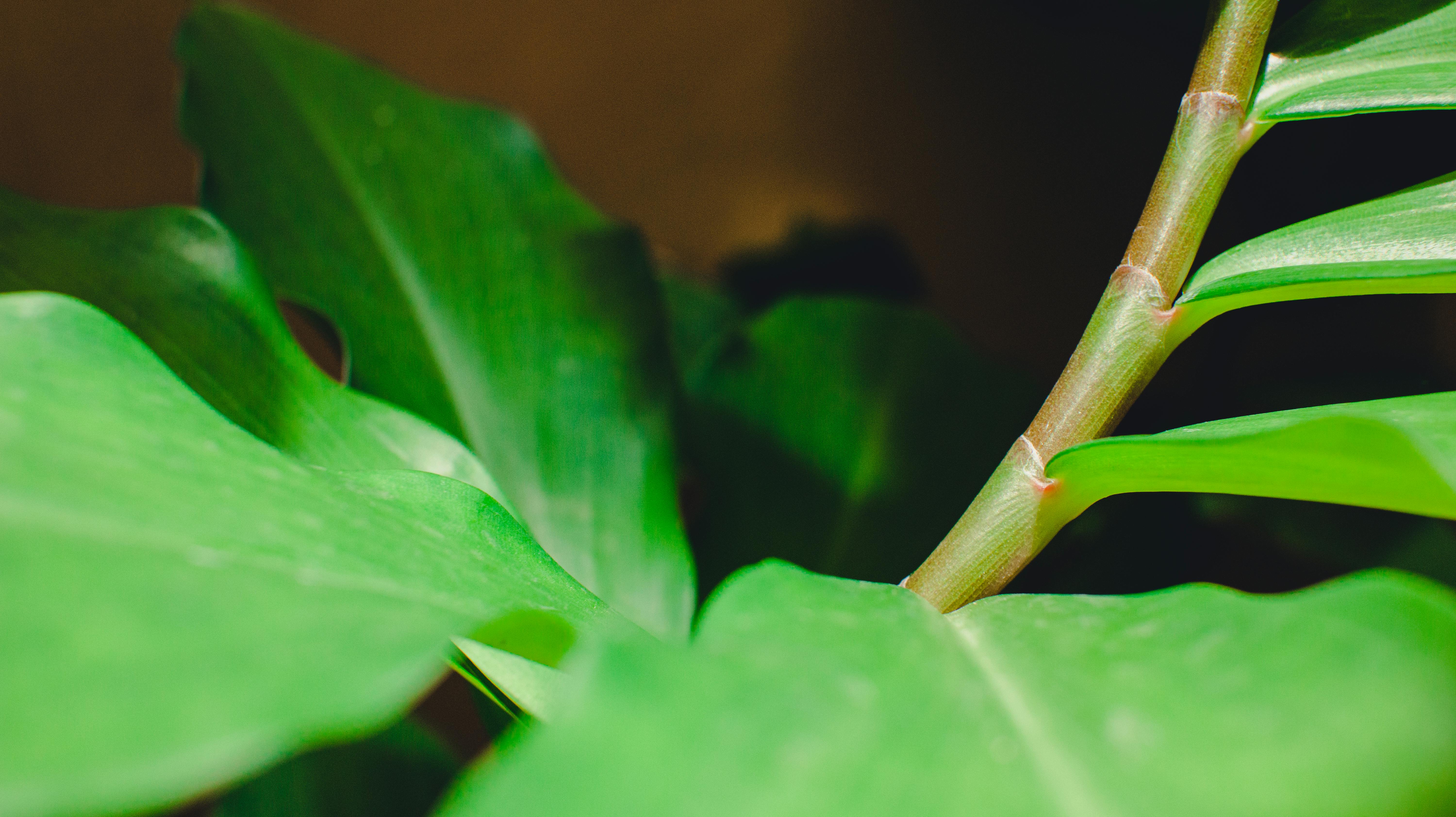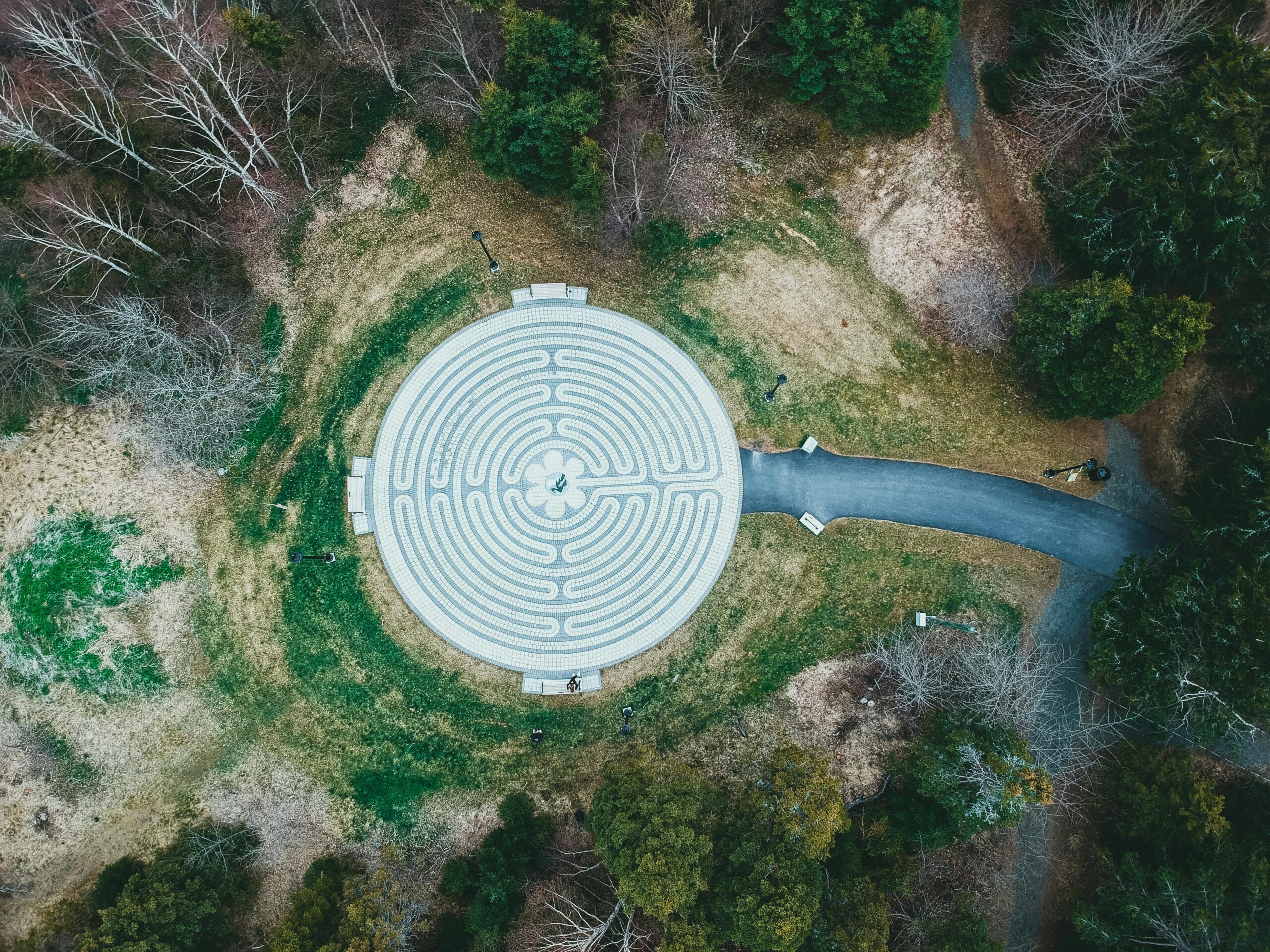Gestalten Garten
In this article, we’ll explore the exciting world of **gestalten garten**, focusing on how to transform your outdoor space into a beautiful and functional garden oasis. Whether you’re an experienced gardener or just starting, this guide will provide you with valuable insights, tips, and inspiration for designing a stunning garden.
Creating a Functional Garden Space
When it comes to **gestalten garten**, the first step is determining how you want your garden to function. Whether you’re looking to create a space for relaxation, entertainment, or vegetable growing, understanding your needs is essential. For instance, if you plan to host outdoor gatherings, incorporate seating areas and pathways that promote flow. Alternatively, if you’re interested in growing vegetables or fruits, consider raised beds and ample sunlight exposure in your design.
Designing for Outdoor Entertaining
A well-planned garden can serve as the perfect backdrop for summer barbecues and family gatherings. Consider adding features such as a fire pit, dining table, and comfortable seating. Plant low-maintenance perennials around the seating area to create a lush environment without overwhelming upkeep. Also, think about lighting options, like string lights or solar lamps, to keep the space inviting at night. For example, a patio with a built-in grill and a surrounding flower bed can create an enjoyable cooking and dining experience.

Maximizing Garden Efficiency
In a smaller garden, maximizing space can be a challenge. One effective way to make the most of your area is to incorporate vertical gardening. This technique allows you to grow plants upwards instead of outwards, which can significantly increase yield in a limited space. Consider using trellises, wall planters, and hanging baskets. Moreover, opt for companion planting—growing complementary plants together—which can enhance growth and repel pests. Additionally, don’t forget to include pathways that allow easy access to different areas without trampling plants.
Incorporating Aesthetic Elements
A garden should not only be functional but also visually appealing. This means integrating various aesthetic elements that resonate with your personal style. Colors, textures, and plant combinations play a significant role in the overall look and feel of your garden. Use contrasting colors to create visual points of interest, while varying foliage textures can add depth.
Selecting the Right Plants
Choosing the right plants is crucial for ensuring a vibrant garden landscape. Consider the climate in your area and choose plants that thrive in your environment. Native plants not only require less maintenance, but they also support local wildlife. Additionally, planting perennials can offer year-round beauty as they come back season after season. Keep seasonality in mind—plant both spring bloomers and fall favorites to keep your garden stunning throughout the year.

Creating Garden Zones
One of the key principles in **gestalten garten** is to create distinct zones within your outdoor space. This can be achieved through the strategic placement of paths, boundaries, and plant groupings. For instance, designate a quiet reading nook with comfortable seating surrounded by flowering shrubs, while maintaining a separate area for vibrant vegetable patches. This allows for diverse experiences in the same garden, catering to relaxation and productivity. The use of decorative stones or mulch can help define these areas clearly.
Maintenance for a Sustainable Garden
A thriving garden requires regular maintenance, but it doesn’t have to be a chore. Implementing sustainable practices can ease the burden and promote health in your plants and soil. Composting kitchen scraps and yard waste is a great way to enrich your soil naturally. Additionally, consider xeriscaping—designing a garden that reduces the need for irrigation. Choose drought-tolerant plants and use mulch to retain moisture and suppress weeds for a low-maintenance alternative.
Seasonal Considerations
Gardening tasks change with the seasons, so it’s important to adapt your maintenance routine accordingly. In spring, focus on planting and rejuvenating your soil, while summer may require more frequent watering and pest monitoring. As fall approaches, consider mulching and preparing your plants for winter. In winter, take the time to plan for the upcoming seasons, ensuring your garden layout is optimal for next year’s growth. By staying on top of seasonal changes, your garden will flourish year-round.
Incorporating Technology in Gardening
Technology can significantly enhance your gardening experience and streamline maintenance tasks. Garden planning apps can help visualize your design, while irrigation systems can automate watering schedules to ensure your plants are consistently hydrated. Additionally, soil moisture sensors provide real-time data that can help prevent overwatering or underwatering. Using these innovative solutions can save you time and provide optimal conditions for your plants to thrive.
Conclusion
With the right planning and creativity, **gestalten garten** can transform any outdoor space into a vivid oasis. Incorporating functional elements, aesthetic beauty, and sustainable maintenance will not only enhance your enjoyment but also create a lasting environment that thrives throughout the seasons. Consider your goals, explore design possibilities, and don’t hesitate to get your hands dirty. A beautiful garden is just a few thoughtful steps away!
FAQ
1. What are the best plants for beginners in gardening?
For novice gardeners, starting with hardy plants that require less maintenance is ideal. Consider options like succulents, lavender, or marigolds, which grow well in various conditions and are relatively pest-resistant. Building experience with these easy-care plants can provide confidence in tackling more complex gardening challenges in the future.
2. How can I create a low-maintenance garden?
To design a low-maintenance garden, focus on incorporating drought-tolerant plants, mulching, and native species that thrive in your area’s climate. Grouping plants with similar watering needs and using automated irrigation systems can also minimize upkeep. By strategically planning your garden layout, you can create a gorgeous space with minimal effort.
3. How often should I water my garden?
Watering frequency depends on several factors, including weather conditions, soil type, and the specific plants you have. Generally, it’s better to water deeply and less frequently rather than shallow and often. Monitoring soil moisture with your finger can help determine when the plants need water, ensuring they remain healthy without overwatering.
4. What is companion planting, and why is it important?
Companion planting involves pairing plants together that benefit each other, such as attracting beneficial insects or providing shade. This strategy can help improve crop yields and keep pests at bay. For example, growing basil alongside tomatoes can enhance the flavor of the tomatoes while repelling insects.
5. How can I design a garden layout effectively?
To design an effective garden layout, start by assessing the space and determining sun exposure and water drainage patterns. Use graph paper to sketch out your design, considering the mature size of plants. Divide the area into zones for different activities and ensure there’s enough space for paths. Finally, plant taller species at the back and shorter species at the front for visual balance.
